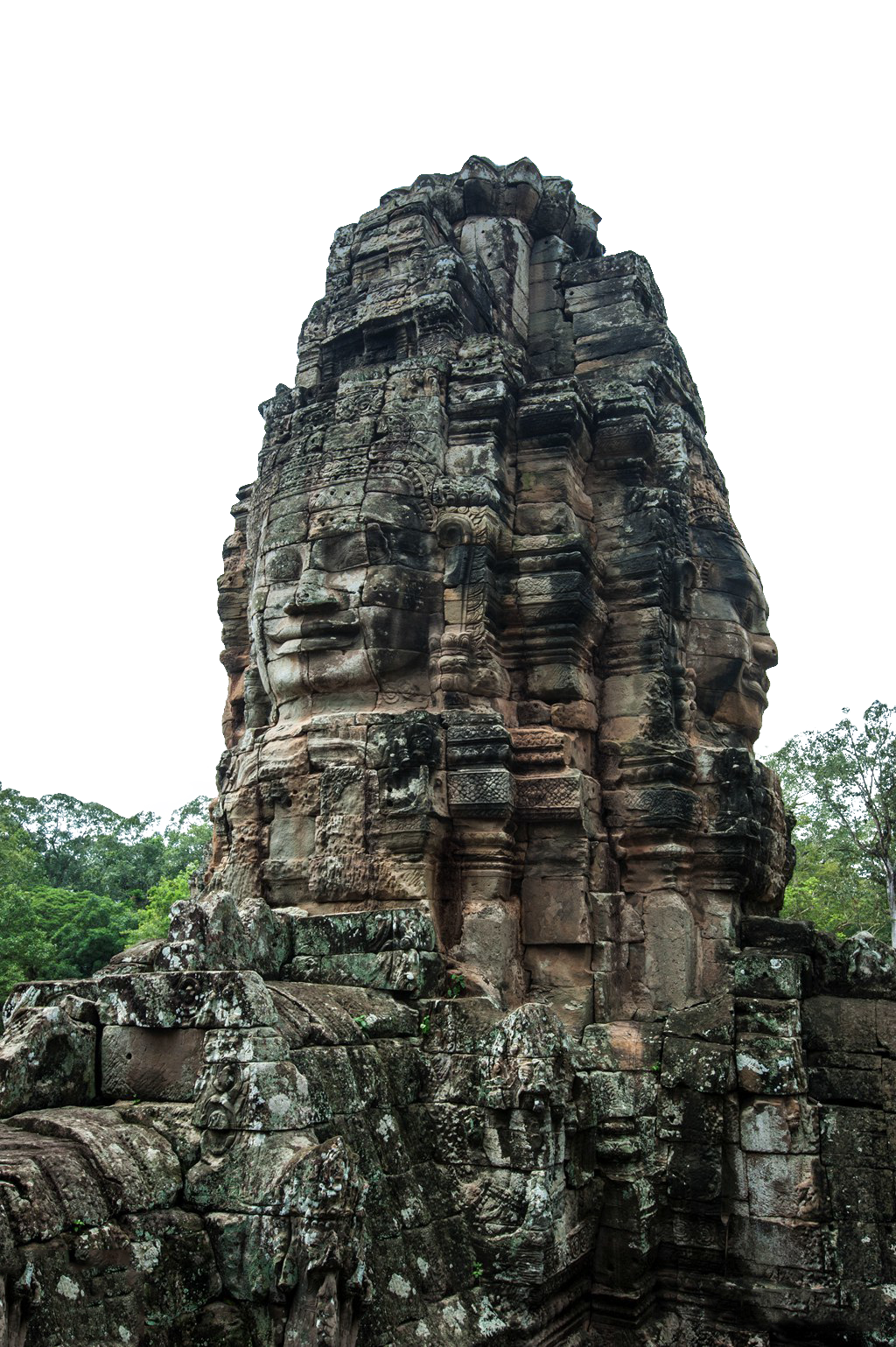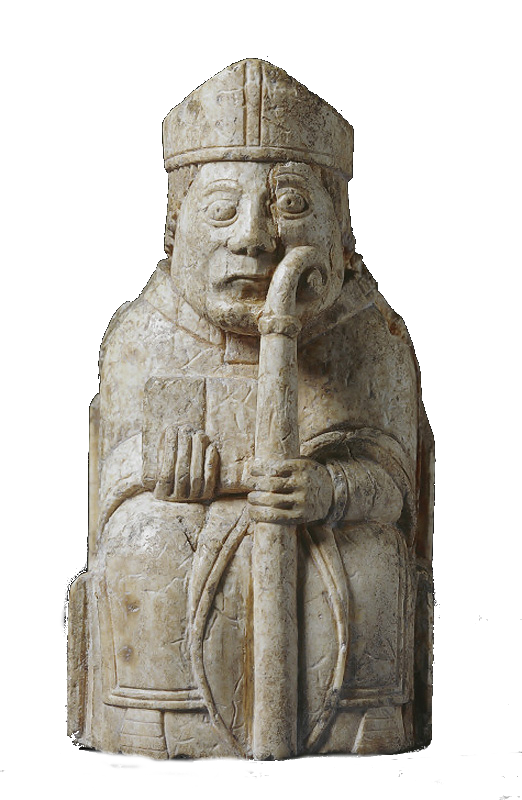Relevant context and a great read: https://aeon.co/essays/pagan-complacency-and-the-birth-of-the-christian-roman-empire
Bonus, also a great read: https://engelsbergideas.com/essays/roman-geopolitics-an-exercise-in-myth-making/

Notice Board
This is a work in progress, please don't mind the mess.
About
Archaeology or archeology[a] is the study of human activity through the recovery and analysis of material culture. The archaeological record consists of artifacts, architecture, biofacts or ecofacts, sites, and cultural landscapes.
Archaeology has various goals, which range from understanding culture history to reconstructing past lifeways to documenting and explaining changes in human societies through time.
The discipline involves surveying, excavation, and eventually analysis of data collected, to learn more about the past. In broad scope, archaeology relies on cross-disciplinary research. Read more...
Rules

Links
Archaeology 101:
Get Involved:
University and Field Work:
Jobs and Career:
Professional Organisations:
FOSS Tools:
Datasets:
Fun:
Other Resources:

Find us on Reddit

Relevant context and a great read: https://aeon.co/essays/pagan-complacency-and-the-birth-of-the-christian-roman-empire
Bonus, also a great read: https://engelsbergideas.com/essays/roman-geopolitics-an-exercise-in-myth-making/
This is the best summary I could come up with:
The researchers say the latest findings, announced at the annual meeting of the Archeological Institute of America, shed new light on the transition from the worship of pagan gods to Christianity within the Roman Empire.
Douglas Boin, a researcher at Saint Louis University who led the excavations at Spello told Newsweek the temple was a "remarkable" historical discovery.
The monumental building that the team discovered—whose foundations are 4 feet wide and located near an ancient religious sanctuary—fits the available evidence perfectly for being Constantine's temple, according to Boin.
But because of the inscription and its reference to a temple, Spello offered a very tantalizing potential for a major discovery of an imperial cult underneath a Christian ruler," he said in the press release.
The discovery of the temple represents the largest evidence ever uncovered of the imperial cult in 4th century Italy and the late Roman Empire, according to Boin.
"It shows us that the path from paganism to Christianity was filled with all sorts of strange detours and odd cultural mixing, not all of which would be remembered fondly by authorities in the later church.
The original article contains 952 words, the summary contains 186 words. Saved 80%. I'm a bot and I'm open source!